Fighting Wildfires——Modeling of the largest central circle of signal reception
DOI: 10.23977/erej.2021.050104 | Downloads: 11 | Views: 1764
Author(s)
Haohan Yuan 1, Luge Wang 1
Affiliation(s)
1 Hefei University of Technology, Hefei, Anhui, 230000
Corresponding Author
Haohan YuanABSTRACT
Fires, especially forest fires, occur in Australia every year. The size, frequency, and loss of its scale have bothered the authorities. And now, with the development of technology, drone technology can already be used in the field of fire warning. Therefore, proper planning for drone fire protection can allow the Australian government to reduce a lot of economic losses every year. We first gridded the map of Victoria and determined the area where the UAV detection system should be deployed based on Victoria’s population distribution, fire location distribution, fire scale, fire frequency and other factors. Then, we used Monte Carlo simulation to calculate the probability that each reconnaissance UAV SSA fails to detect fires of different scales within the specified time. We control this probability to be as small as possible as one of the constraints and combine this with other constraints.
KEYWORDS
UAV, Gray forecast model, Monte Carlo simulation, Goal planning, EconomicalCITE THIS PAPER
Haohan Yuan, Luge Wang, Health status assessment model of national higher education system based on BP neural network. Environment, Resource and Ecology Journal (2021) 5: 22-31. DOI: http://dx.doi.org/10.23977/erej.2021.050104
REFERENCES
[1] https://xueshu.baidu.com/usercenter/paper/show?paperid=af984f29bbfc96db20f6f034d65c77f6&site=xueshu_se
[2] http://www.bom.gov.au/weather-services/fire-weather-centre/weather-patterns/index.shtml
[3] http://www.bom.gov.au/weather-services/fire-weather-centre/bushfire-weather/index.shtml
[4] http://www.bom.gov.au/vic/forecasts/fire-danger-ratings.shtml
| Downloads: | 5979 |
|---|---|
| Visits: | 448449 |
Sponsors, Associates, and Links
-
International Journal of Geological Resources and Geological Engineering
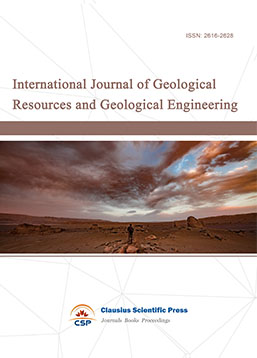
-
Big Geospatial Data and Data Science

-
Solid Earth and Space Physics

-
Environment and Climate Protection
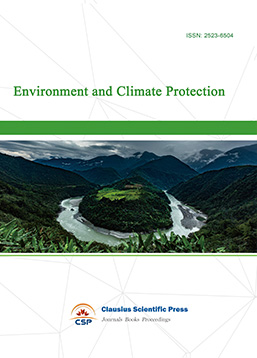
-
Journal of Cartography and Geographic Information Systems

-
Offshore and Polar Engineering

-
Physical and Human Geography
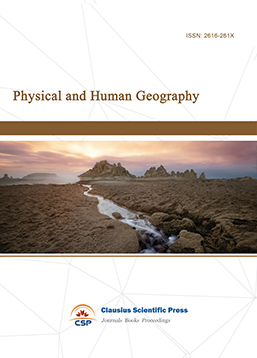
-
Journal of Atmospheric Physics and Atmospheric Environment
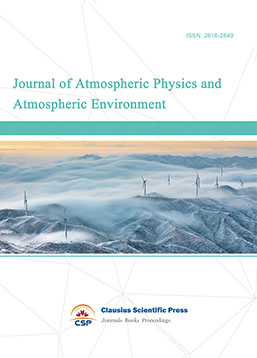
-
Trends in Meteorology

-
Journal of Coastal Engineering Research
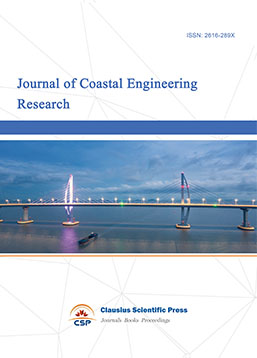
-
Focus on Plant Protection
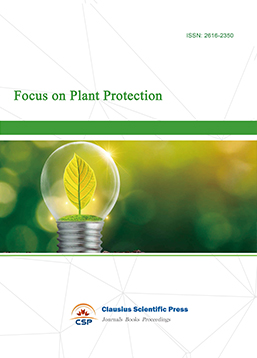
-
Toxicology and Health of Environment
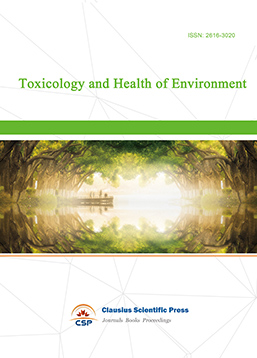
-
Geoscience and Remote Sensing
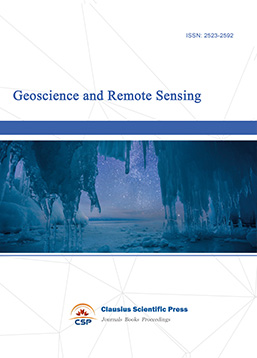
-
Advances in Physical Oceanography

-
Biology, Chemistry, and Geology in Marine
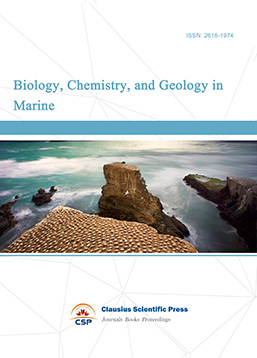
-
Water-Soil, Biological Environment and Energy

-
Geodesy and Geophysics

-
Journal of Structural and Quaternary Geology
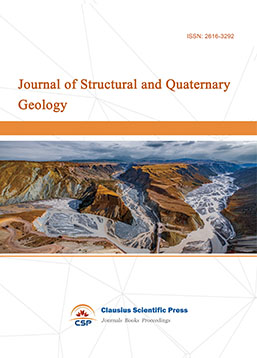
-
Journal of Sedimentary Geology

-
International Journal of Polar Social Research and Review


 Download as PDF
Download as PDF